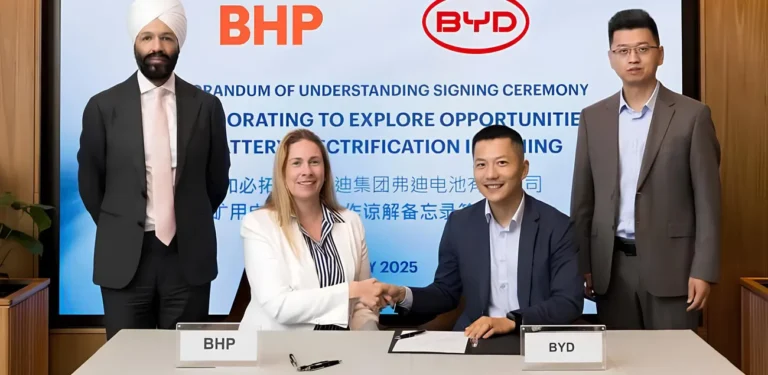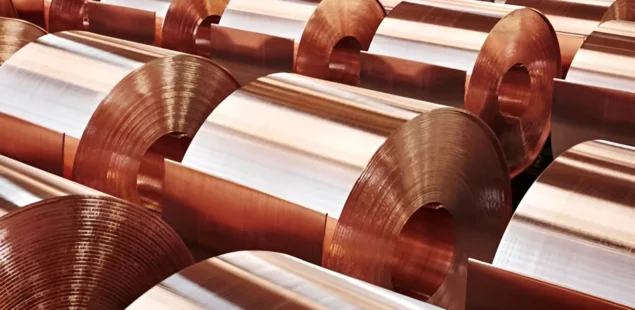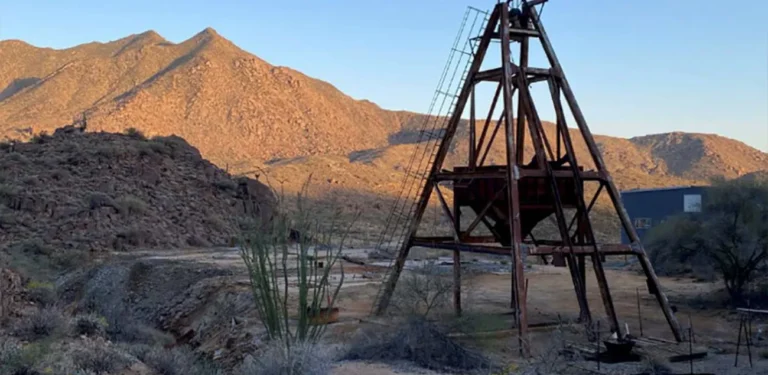
Apple and MP Materials to Jointly Produce Rare Earth Magnets
Apple has struck a long-term deal with MP Materials—the only U.S. producer of rare earths and associated magnets—to secure a steady domestic supply of neodymium components for its devices. Under the agreement, Apple will source magnets from MP’s Texas facility and work alongside the company to expand recycling and production lines at the same site.
The two firms have spent nearly five years co-developing advanced recycling technologies that meet Apple’s stringent material standards. The upcoming lines will recover magnets from discarded electronics and remanufacture them into neodymium parts for future Apple products. In addition, the companies will explore next-generation magnetic materials and processing techniques.
Apple was an early adopter of recycled rare earths, introducing them in the Taptic Engine of the iPhone 11 back in 2019. Today, nearly all magnets used across its devices are made from 100% recycled rare earth elements. The new partnership with MP is part of Apple’s push to bolster long-term supply resilience.
The deal is valued at $500 million and forms part of Apple’s broader pledge to invest over $500 billion in U.S. industry. “American innovation is at the heart of everything we do at Apple,” said CEO Tim Cook. “Rare earth materials are essential to creating advanced technologies, and this partnership will help increase the supply of these vital materials in the United States.”
Despite mining around 45,000 tons of rare earths annually, the U.S. produces just 1,300 tons of metallic rare earths, according to the U.S. Geological Survey. Most is shipped overseas, while more than 8,000 tons are imported—mainly from China. In April, Beijing halted exports of seven key rare earths to the U.S., including dysprosium and terbium. Though neodymium shipments continue, concerns over further disruptions remain.
BHP Group Exits Nickel Project in Tanzania
BHP Group is divesting its 17% stake in the Kabanga nickel project, handing it over to Tanzanian partner Lifezone Metals for a deferred $83 million. Lifezone will now lead the project’s development, which includes a mining operation and a hydrometallurgical plant designed to produce about 65,000 tons of nickel per year.
Pending permits and financing, Lifezone expects to bring the project online within three years. The Kabanga site is a flagship for Tanzania’s efforts to boost domestic mineral processing. The country has already banned raw ore exports and plans to phase out concentrate exports by 2027.
With 44 million tons of ore grading 2.6% nickel, 0.3% cobalt, and 0.35% copper, Kabanga ranks among the world’s highest-grade undeveloped nickel sulfide deposits. Once the deal closes, Lifezone will control 84%, with the remaining 16% held by the Tanzanian government.
BHP’s departure highlights broader industry pressures. Global nickel prices have slumped over the past two years amid surging supply from Indonesia and flagging demand from EV battery makers. The downturn has already prompted BHP to suspend its West Musgrave and Western Australia nickel operations until at least 2027. Leaving Kabanga trims BHP’s exposure to a segment increasingly out of step with its profitability targets, while giving Lifezone room to attract partners and pursue low-cost production.
Germany Supports Vulcan Energy Lithium Project
Vulcan Energy Resources is set to receive €186 million in public funding to support a low-carbon lithium project in Germany. The financial support—provided jointly by the federal government and the states of Rhineland-Palatinate and Hesse—comes under the EU’s “Temporary Crisis and Transition Framework” and Germany’s own program to promote sustainable battery production.
The funding will go toward lithium extraction and conversion to lithium hydroxide at Vulcan’s planned facilities. Payouts will begin October 1 and be tied to the project’s actual spending over a three-year period.
Vulcan’s initiative is the only lithium project in Germany—and one of the few in the EU—nearing commercial scale. It supports the bloc’s goal of localizing supply chains for critical battery materials like lithium and cobalt. The company aims to produce 24,000 tons of lithium hydroxide annually by the end of 2026, enough to power 500,000 EVs per year.
The project involves extracting lithium from geothermal brine and supplying it directly to automakers. Vulcan already holds supply deals with Volkswagen, Stellantis, and Renault. Last year, it successfully produced lithium chloride of qualifying purity.
Elsewhere, Rock Tech is building a lithium hydroxide refinery near the German-Polish border, targeting startup in late 2026 or early 2027. Though it’s seeking €800 million in funding, Rock Tech hasn’t clarified how it will source raw materials. It owns a deposit in Canada’s Georgia Lake region with over 16 million tonnes of ore averaging 0.88–1% lithium, but may also seek feedstock on the global market.
Both ventures stand to benefit from the EU’s Critical Raw Materials Act, adopted in 2023, which supports local mining and refining of strategic materials, including lithium and copper. If successful, these projects could help reduce Germany’s reliance on imported metals.
Silvercorp Metals Eyes Exploration in Kazakhstan
Silvercorp Metals is exploring a potential entry into Kazakhstan, targeting non-ferrous and precious metal assets. CEO Rui Feng and President Lon Shaver met with state investor Kazakh Invest in Astana to discuss cooperation. Azamat Kozhanov, Silvercorp’s deputy chairman, also attended.
The Canadian firm specializes in silver mining, with projects in China and Ecuador. Its interest in Kazakhstan reflects the country’s considerable silver potential. Silvercorp is also weighing the option of opening a local office to support regional growth.
Kazakhstan has drawn increased interest from global miners in recent years. In May, Australian company C29 Metals partnered with Bask International Group to explore for copper and gold. C29 is also advancing a uranium project in the Zhambyl region.
In July, Eurasia Mining—a British precious metals player—entered the Kazakh market via a listing on the Astana Stock Exchange. Its move hints at possible future investment in Kazakhstan’s gold or rare earth sectors, echoing a broader trend of Western and Asian miners tapping into the country’s resource base and strategic location.
Teck Resources Expands Highland Valley Copper Mine
Teck Resources has secured full permitting to proceed with a major expansion of the Highland Valley Copper mine in British Columbia—Canada’s largest open-pit copper operation. It’s one of the few mining projects in the country to receive comprehensive approval in recent years.
The mine currently ships copper and molybdenum concentrates under long-term deals, mainly to smelters in China and Japan. The expansion will unlock higher-grade ore and allow for upgrades to the processing plant to yield better-quality concentrates.
The company expects the project to generate over 4,000 jobs, including 1,500 permanent and nearly 3,000 contractor roles. The mine life will be extended through 2046, and projected returns are in line with shareholder expectations.
Capital spending is pegged at $1.54–1.76 billion between late 2025 and 2028, with construction slated to begin this August. Once completed, annual copper output is expected to average 132,000 tons.
The expansion supports Teck’s broader goal of doubling copper production by 2030. At the same time, the company is scaling up output at its Quebrada Blanca mine in Chile, aiming for 285,000–315,000 tons of copper concentrate annually. That site includes an open-pit mine, concentrator, port infrastructure, tailings system, and a 165-kilometer pipeline to the coast.
Teck forecasts total copper production in 2025 to reach between 470,000 and 525,000 tons, driven by rising demand in electrical, industrial, and infrastructure sectors.



